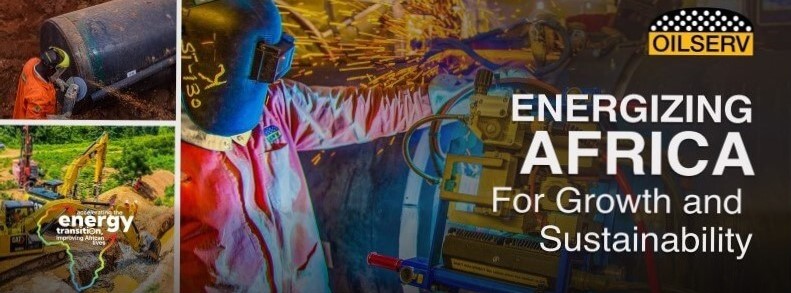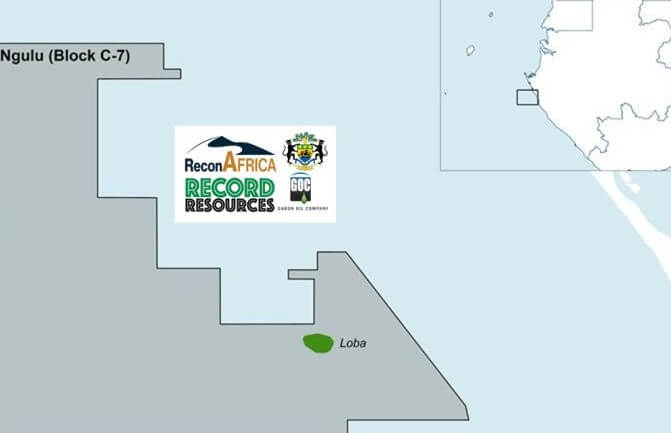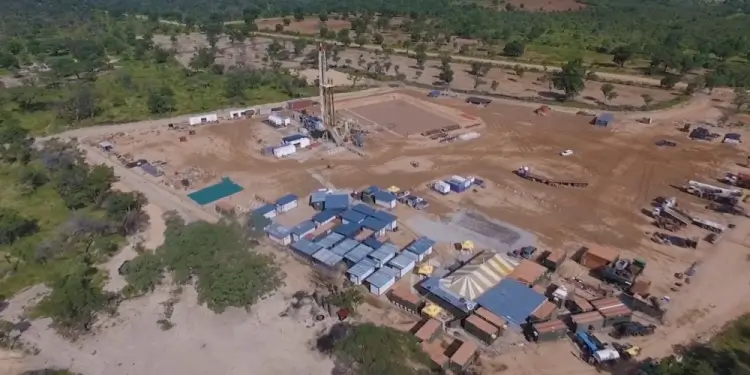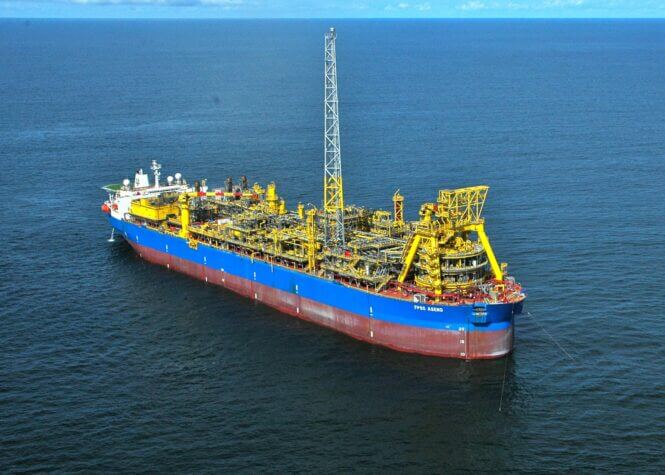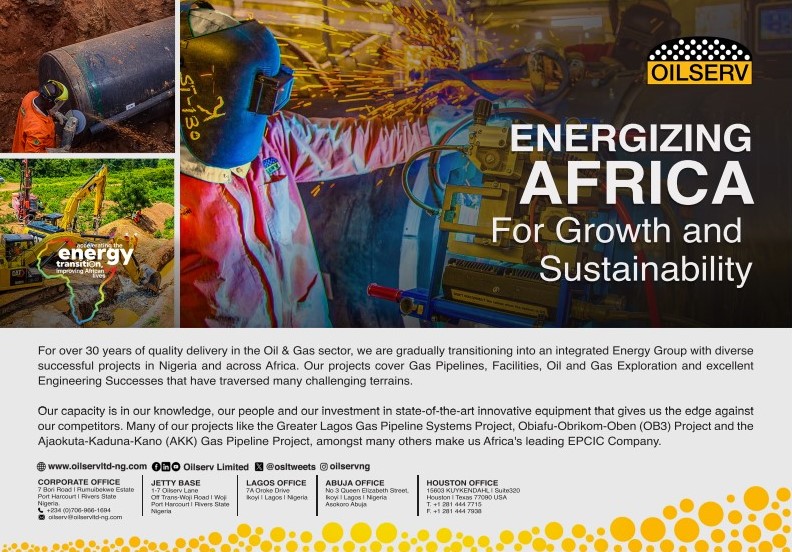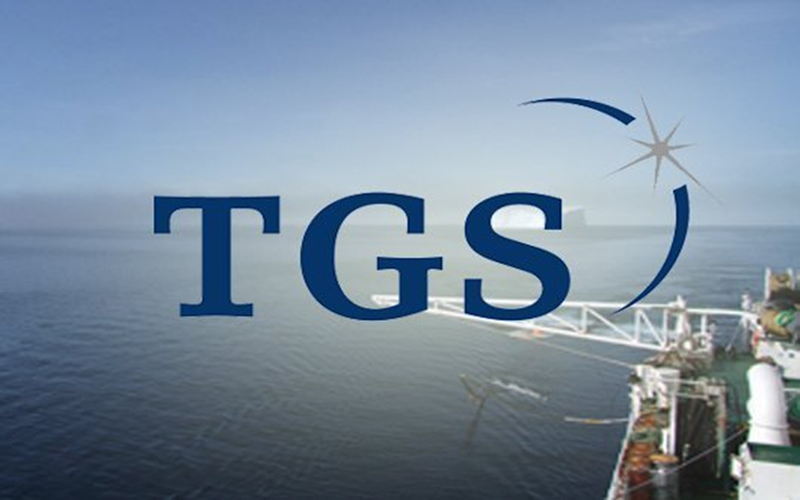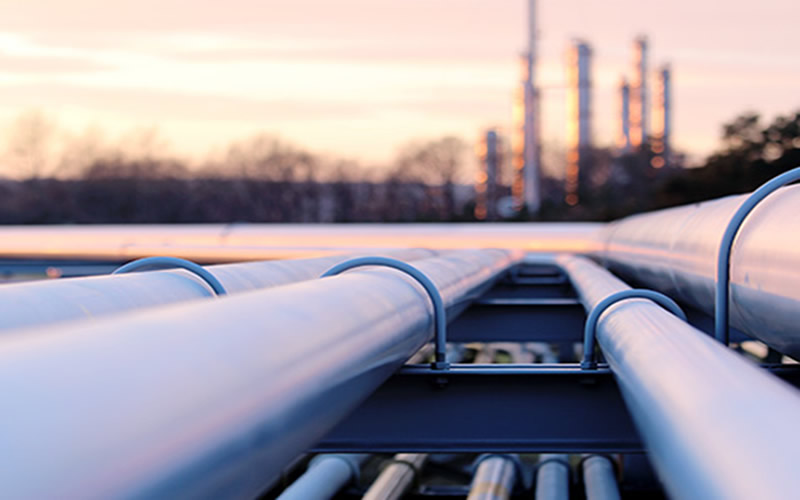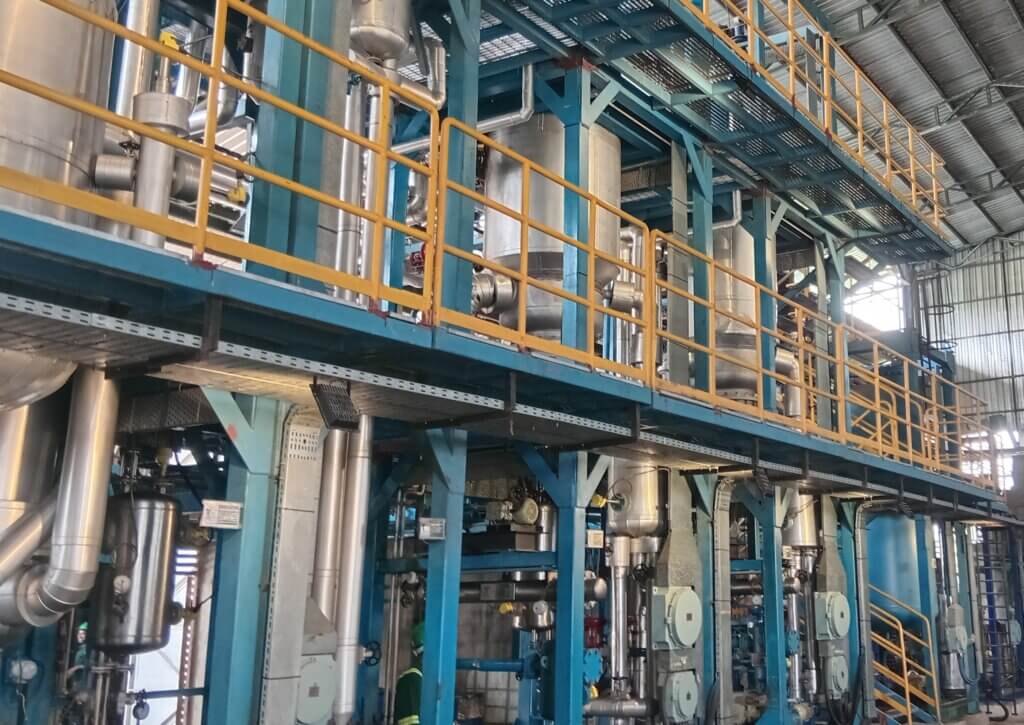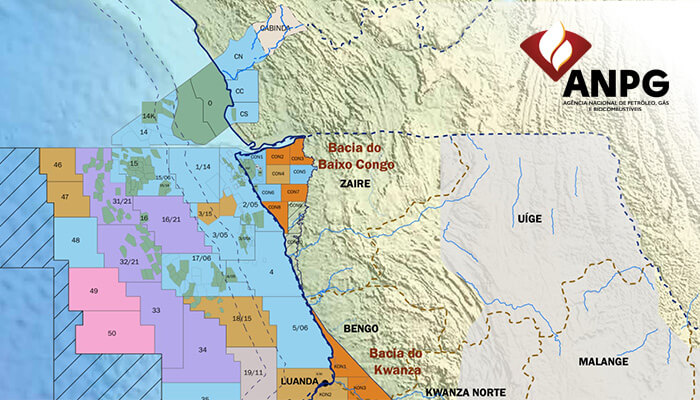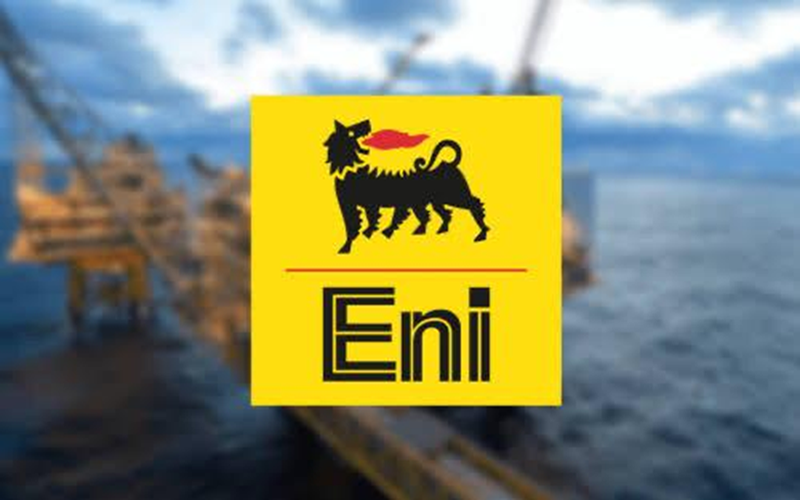
Eni’s 21st statistical review highlights the challenge that the energy industry is facing to improve universal access to affordable energy while, at the same time, accelerating the transition process towards a more sustainable energy mix
Eni has released the 21st edition of its annual energy statistics report, available online at eni.com.
The main challenge that the energy industry is facing is to improve universal access to affordable energy while, at the same time, accelerating the transition process towards a more sustainable energy mix.
In 2021 the easing of Covid-19 restrictions and the ensuing economic recovery led to a rebound in energy demand, barely met by the available resources that were constrained by a legacy of limited investment in the Oil & Gas sector. The precarious balance resulted in higher commodity prices, highlighting the vulnerabilities in the energy system. This year the war in Ukraine has further emphasised the importance of energy security.
By acknowledging the ongoing process of change, the World Energy Review, now in its 21st edition, this year is released in an interactive and modular version, and introduces the topic of critical minerals, as well. The transition from fossil fuels to low-carbon energy sources calls for the massive deployment of a wide range of clean energy technologies, many of which in turn rely on these critical minerals, with production taking place in a few countries. To ensure energy transition and energy security, this important aspect must be taken into consideration.
Below are the key messages derived from the analysis of the world of oil, natural gas, the main renewable sources and critical minerals:
Oil prices were up by 70% in 2021 as demand recovered (+6.1% YoY) but remained below pre-pandemic levels. OPEC+ kept a “close eye” on production and market balance, delivering a gradual easing of cuts in the second half of the year while by the year-end bringing down global inventories to below the previous five-year average. Production capacity growth struggled to keep pace with the recovery in demand. World oil production increased by 1.4% YoY in 2021. There was no significant change in terms of crude quality. It was confirmed that the process of the lightening barrel halted, most notably due to broadly unchanged US production growth.
Gas prices were up in all markets (~+400% in Europe, + 300% in Asia and + 90% in US), with a marked uptick in the second half of the year. The post-Covid rebound in energy consumption and the challenge of adjusting supply up in a timely fashion (also due to the unplanned stoppages of some liquefaction plants) were the main drivers underlying this upward trend. In 2021 global gas demand returned to growth (+3.9%) after the decline in 2020, notably in Russia (+11.8%) and Europe (+6.7%). Among the top -10 gas consuming countries, the U.S., albeit still at the first place, confirmed the negative trend of 2020 with a -1.6% fall, while China recorded an increase of 4.2%, retaining its position as the largest global importer. Global gas production also reported a 3.5% increase, after the slowdown in 2020, mainly accounted for by Russia (+9.8%) and Africa (+11.9%, especially Algeria and Egypt). In 2021 LNG saw its share on total traded gas at 39% (40% in 2020), downwards for the first time since 2015. However, in 2021 the LNG traded volumes grew to 488 Bcm, of which around 70% was imported into Asian countries. Over the year, the U.S. increased its LNG exports by 9%.
In 2021, solar and wind share on total power generation reached 10%, increasing by 1 percentage point with respect to the previous year. In 2021 solar power continued to dominate renewable capacity expansion with 138 GW of new installations, half of which was installed in China (53 GW) and US (20 GW). Global installed solar capacity reached 855 GW (+19% YoY), almost entirely photovoltaic. In 2021 wind also kept growing: global capacity reached 823 GW (+12.6% YoY). Compared with 2020 (+111 GW), new installations decreased to 92 GW, roughly half of which were installed in China (+47 GW).
All critical minerals included in this review (cobalt, copper, lithium, nickel and rare earths) saw an increase of production in 2021, reflecting an uptick in demand and prices, after the constraints of the health emergency in 2020.













